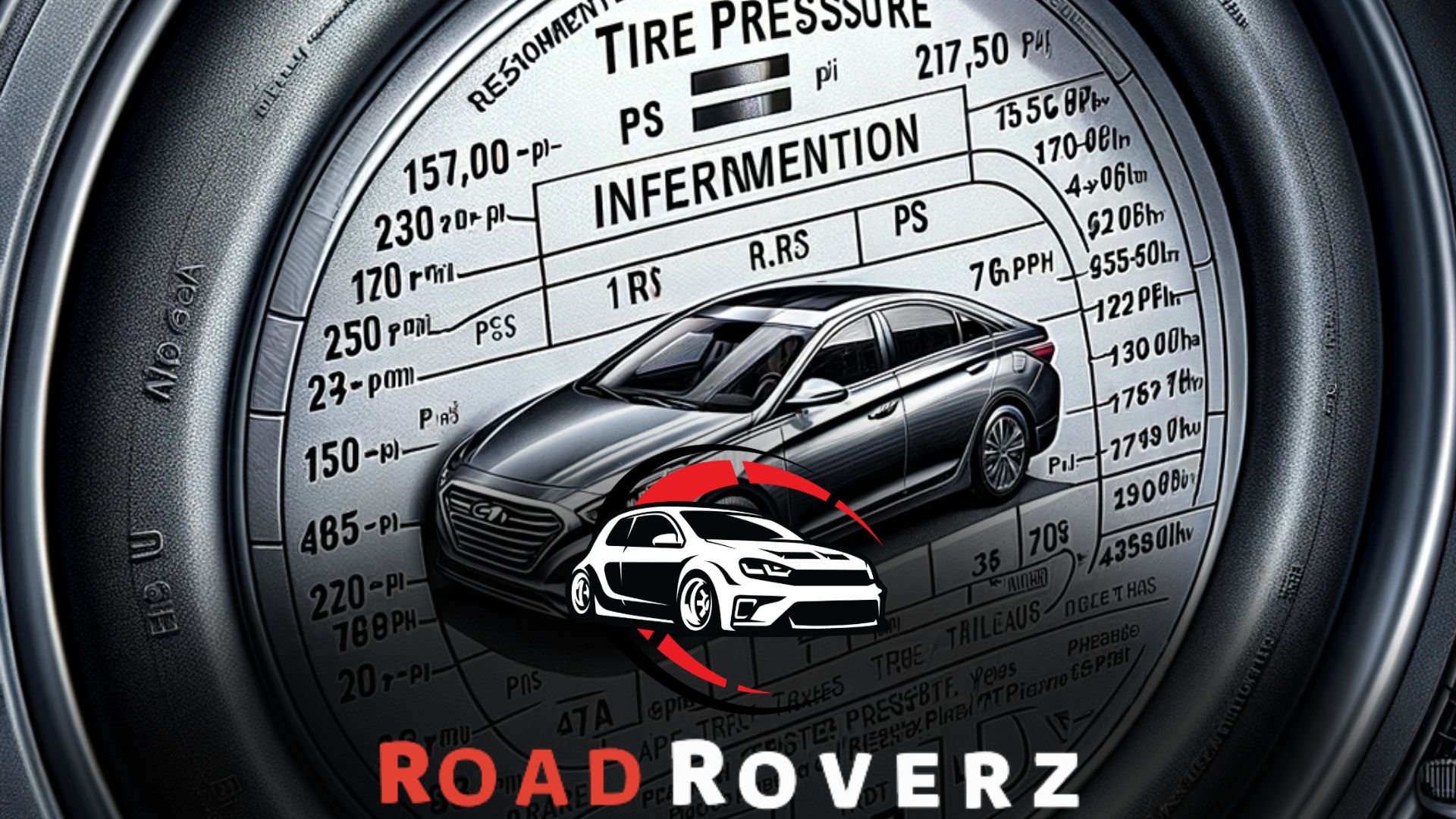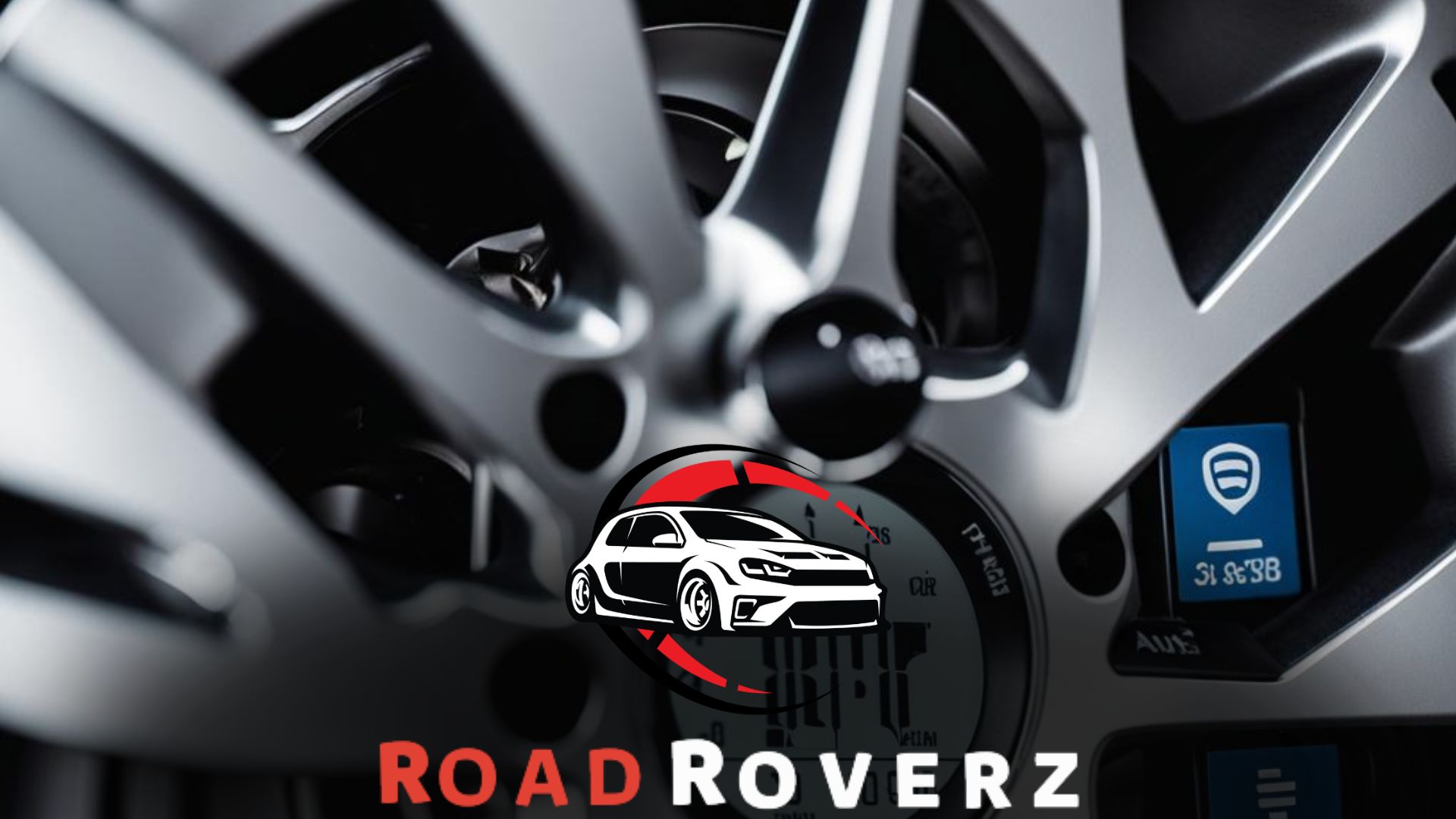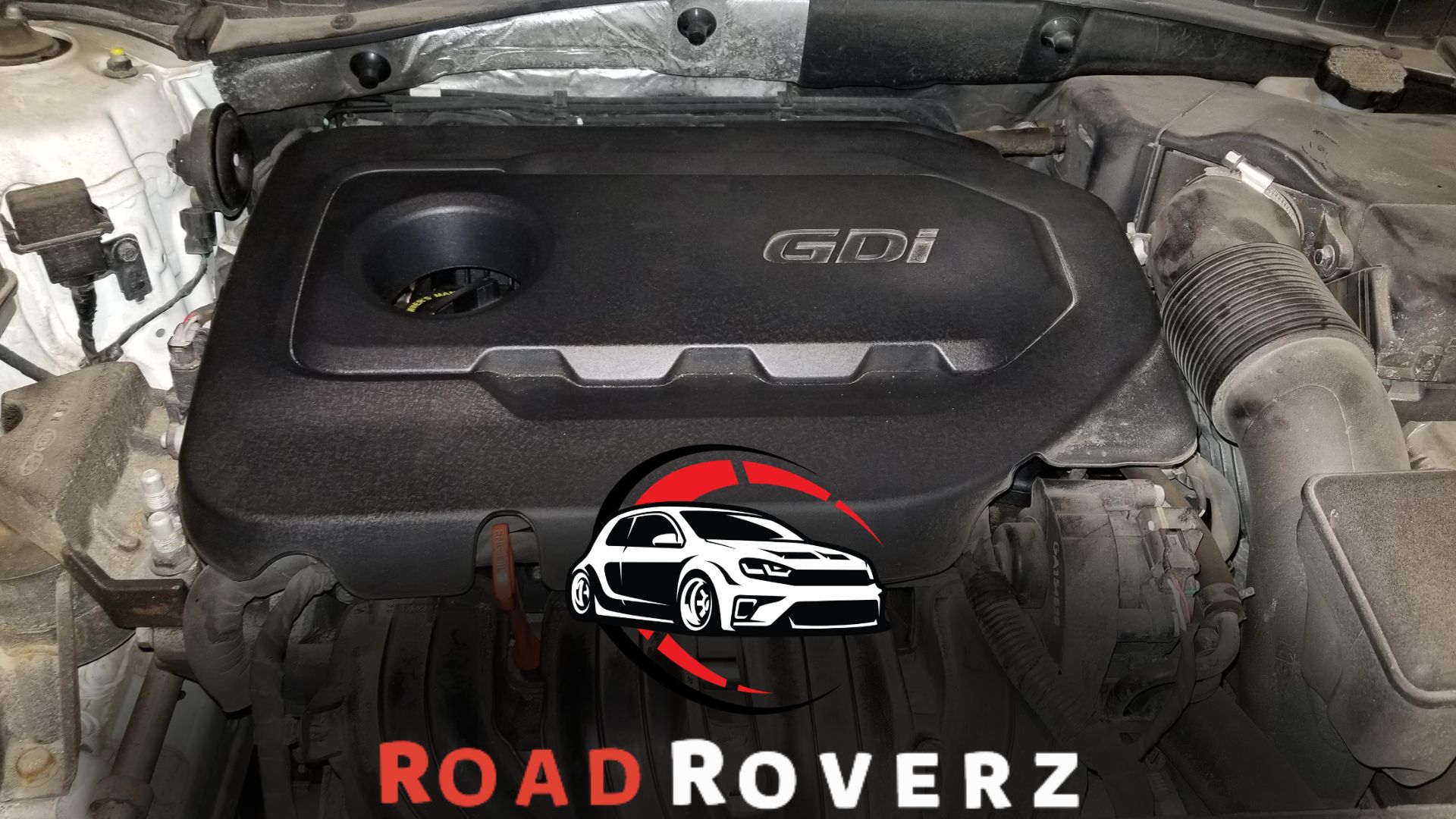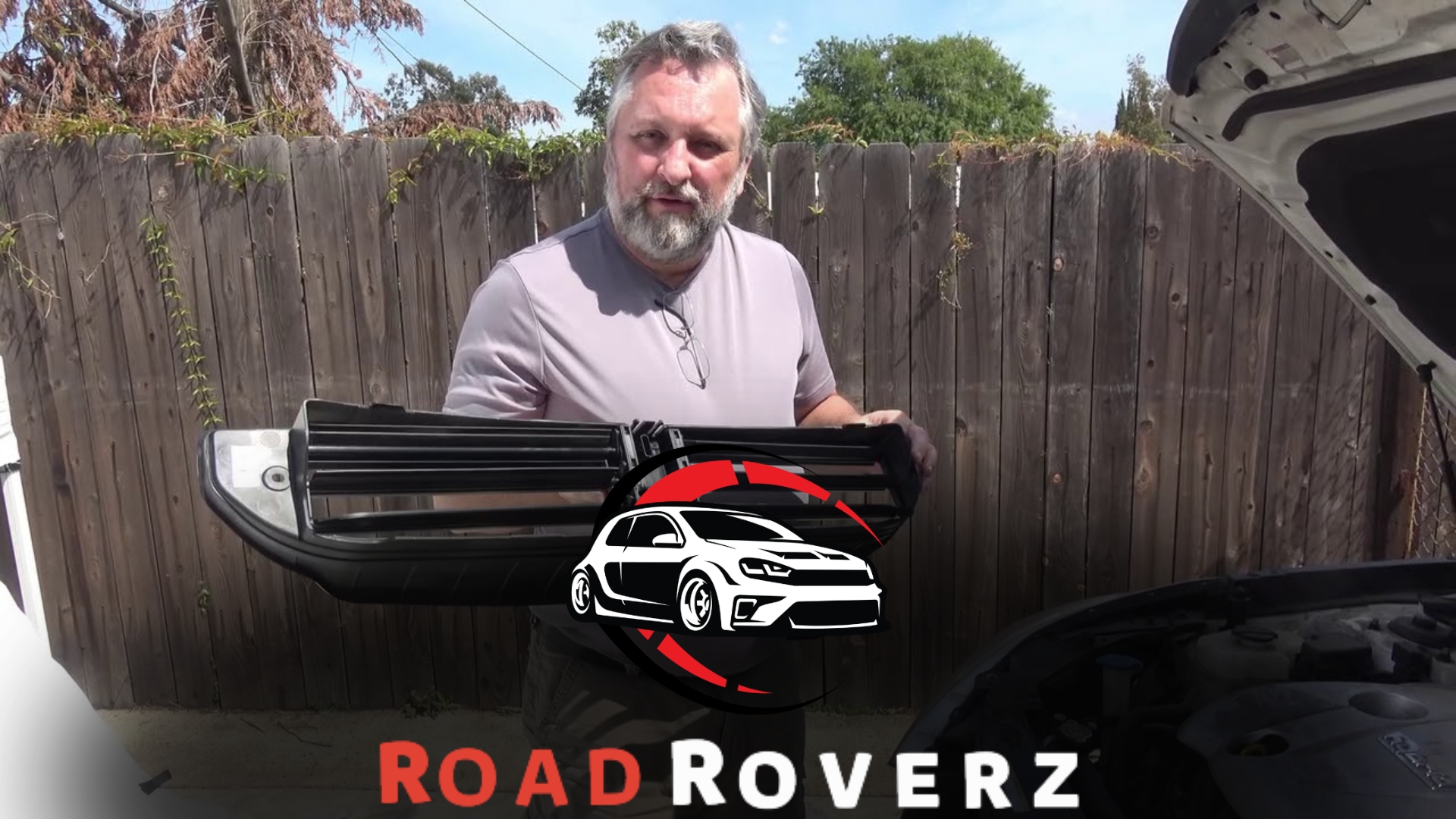A Hyundai Sonata typically has one catalytic converter. The Hyundai Sonata, one of the popular mid-size sedans in the market, is known for its performance and fuel efficiency.
As an integral part of the vehicle’s exhaust system, the catalytic converter is vital in reducing harmful emissions before they are released into the atmosphere. It converts toxic gases from the engine into less harmful substances, promoting cleaner air quality.
While the number of catalytic converters can vary depending on the vehicle’s make and model, a Hyundai Sonata usually features one catalytic converter. This ensures that the car meets emissions regulations while running smoothly and efficiently.
Understanding the role and number of catalytic converters in a Hyundai Sonata helps car owners maintain their vehicles’ environmental friendliness and overall performance.
The Role of Catalytic Converters in Vehicle Emissions Control

The Hyundai Sonata is equipped with two catalytic converters that control vehicle emissions. These devices help convert harmful pollutants into less toxic substances, reducing environmental impact.
Importance of Catalytic Converters in Reducing Harmful Emissions
Catalytic converters play a crucial role in reducing harmful emissions in vehicles. They are one of the critical components in a vehicle’s exhaust system and are designed to convert toxic gases into less harmful substances before they are released into the atmosphere.
Here are some of the reasons why catalytic converters are so important:
- Reduces air pollution: Catalytic converters help reduce the emission of harmful gases such as carbon monoxide, nitrogen oxides, and hydrocarbons that contribute to air pollution. Catalytic converters are vital in improving air quality by converting these gases into less harmful substances.
- Protects human health: The harmful gases produced by vehicles can harm human health, causing respiratory problems and increasing the risk of various diseases. Catalytic converters help minimize these health risks by significantly reducing the emission of pollutants.
- Supports environmental conservation: With growing ecological concerns, minimizing vehicle emissions’ impact on ecosystems is essential. Catalytic converters aid in this effort by converting harmful gases into less toxic substances, promoting environmental conservation.
- Promotes compliance with regulations: Governments worldwide have implemented strict emissions standards to reduce pollution. Catalytic converters enable vehicles to meet these regulatory requirements and operate within legal emission limits.
Overview of the Process of Converting Harmful Gases Into Less Harmful Substances
The process by which catalytic converters convert harmful gases into less harmful substances involves several stages:
- Oxidation: In the first stage, the catalytic converter uses a catalyst, typically platinum, palladium, and rhodium, to oxidize carbon monoxide (CO) and hydrocarbons (HC) in the exhaust gases. This converts these harmful gases into carbon dioxide (CO2) and water vapor (H2O).
- Reduction: The second stage involves the reduction of nitrogen oxides (NOx) in the exhaust gases. The catalyst within the converter helps facilitate the reaction between nitrogen oxide and carbon monoxide, forming nitrogen gas (N2) and carbon dioxide (CO2).
- Storage: Some catalytic converters are also equipped with a storage component that temporarily stores excess oxygen during periods of lean fuel mixture. This stored oxygen is then used to further react with the exhaust gases and aid in the conversion process.
By utilizing these oxidation, reduction, and storage mechanisms, catalytic converters can effectively convert harmful gases emitted by vehicles into less toxic substances, mitigating their impact on the environment and human health.
The Evolution of Catalytic Converters in Hyundai Sonata Models
The Hyundai Sonata has evolved its catalytic converters over time, but how many are there exactly? Discover the number of catalytic converters in Hyundai Sonata models and how they contribute to cleaner emissions and improved air quality.
The Hyundai Sonata has undergone several generations of redesign and improvement.
Hyundai has introduced enhancements to the catalytic converter system with each new generation, resulting in better performance, reduced emissions, and increased fuel efficiency.
This section will explore the different generations of Hyundai Sonata models and how the catalytic converters have evolved.
Overview of the Different Generations of Hyundai Sonata Models
- First Generation (1985-1988): The first generation Hyundai Sonata models were equipped with a single catalytic converter in the exhaust system. This catalytic converter plays a crucial role in reducing harmful emissions the combustion process produces.
- Second Generation (1989-1993): The second-generation Hyundai Sonata models continued to feature a single catalytic converter for emission control. Hyundai implemented advancements in the internal structure of the catalytic converter, resulting in improved efficiency and reduced emissions.
- Third Generation (1994-1998): In the third-generation Hyundai Sonata models, the catalytic converter design received further enhancements to comply with stricter emission standards. The position of the catalytic converter in the exhaust system was optimized for maximum efficiency.
- Fourth Generation (1999-2005): The fourth generation Hyundai Sonata models marked a significant advancement in catalytic converter technology. Hyundai introduced a dual catalytic converter system to reduce emissions further and improve overall engine performance.
- Fifth Generation (2006-2010): With the fifth generation Hyundai Sonata models, the focus shifted towards improving fuel efficiency while meeting stricter emission regulations. The design of the catalytic converters was refined, allowing for better airflow and enhanced emission control.
- Sixth Generation (2011-2014): Hyundai Sonata models of the sixth generation showcased further improvements in catalytic converter technology. The catalytic converters were optimized to trap harmful pollutants better and further reduce emissions.
- Seventh Generation (2015-2019): In the seventh generation Hyundai Sonata models, advancements in catalytic converter design continued. Hyundai implemented more efficient catalyst materials, improving emission control and reducing environmental impact.
- Eighth Generation (2020-present): The latest generation of Hyundai Sonata models features state-of-the-art catalytic converter technology. Hyundai has focused on reducing the size and weight of the catalytic converters while maintaining their effectiveness.
Throughout the evolution of Hyundai Sonata models, the introduction of catalytic converters has played a vital role in ensuring environmentally friendly performance.
Hyundai has made continuous efforts to improve the efficiency and effectiveness of these emissions control systems.
As a result, each new generation of Hyundai Sonata models brings further advancements in catalytic converter technology, benefitting both the environment and the drivers.
The Catalytic Converter System in the Hyundai Sonata
The Hyundai Sonata has a catalytic converter system for reducing harmful emissions. However, the number of catalytic converters can vary depending on the specific model and year of the Sonata.
When understanding the catalytic converter system in the Hyundai Sonata, it’s essential to know its components and functions. In this section, we will break down the elements of the catalytic converter system and explain their functions. Let’s dive in!
Explanation of the Components of the Catalytic Converter System
The catalytic converter system in the Hyundai Sonata consists of several essential components that work together to reduce harmful emissions and improve overall vehicle performance. Here’s a breakdown of each element and its function:
Exhaust Manifold:
- The exhaust manifold collects exhaust gases from the engine cylinders.
- It directs the gases into the catalytic converter for further processing.
Catalytic Converter:
- The catalytic converter is a crucial part of the system that plays a vital role in emission control.
- It contains precious metals, such as platinum, palladium, and rhodium, which act as catalysts to promote chemical reactions.
- These reactions help convert harmful pollutants, like carbon monoxide (CO), nitrogen oxides (NOx), and hydrocarbons (HC), into less toxic substances, such as carbon dioxide (CO2), nitrogen (N2), and water vapor (H2O).
Oxygen Sensors:
- Oxygen sensors monitor the amount of oxygen in the exhaust gases before and after they pass through the catalytic converter.
- These sensors provide feedback to the engine control unit (ECU) to ensure the engine runs at an optimal air-to-fuel ratio.
- The catalytic converter can convert pollutants into less harmful substances by maintaining the correct stoichiometric ratio.
Exhaust Pipe and Muffler:
- The exhaust pipe carries the treated gases from the catalytic converter to the muffler.
- The muffler’s primary function is to reduce the noise produced by the engine exhaust.
- It also helps to direct the exhaust gases safely out of the vehicle.
Breaking Down the Functions of Each Component
Now that we have explored the components of the catalytic converter system in the Hyundai Sonata, let’s take a closer look at the functions of each element:
- The exhaust manifold collects exhaust gases and directs them to the catalytic converter for processing.
- The catalytic converter uses precious metals as catalysts to convert harmful pollutants into less toxic substances.
- Oxygen sensors ensure the engine operates at the optimal air-to-fuel ratio, allowing the catalytic converter to function efficiently.
- Finally, the exhaust pipe carries treated gases to the muffler, which reduces noise and safely releases the exhaust from the vehicle.
Understanding these components and their functions is crucial for maintaining the catalytic converter system’s performance in your Hyundai Sonata.
Remember, regular maintenance, such as inspecting and replacing worn-out components, is essential for ensuring your catalytic converter system functions optimally, keeping emissions low and vehicle performance at its best.
Identifying the Number of Catalytic Converters in a Hyundai Sonata
The number of catalytic converters in a Hyundai Sonata can vary depending on the model year and engine type. It is recommended to consult the vehicle’s owner manual or seek professional assistance to accurately identify the number of catalytic converters in your specific Hyundai Sonata model.
When it comes to understanding the number of catalytic converters in a Hyundai Sonata, there are a few factors to consider. The number of converters can vary based on the specific model and engine type of the Sonata.
This section will provide an overview of the Hyundai Sonata’s different models and engine options and how the number of catalytic converters can vary.
Overview of the Different Models and Engine Options in the Hyundai Sonata
- Hyundai Sonata SE: This model of the Sonata is equipped with a 2.5L 4-cylinder engine, which typically features a single catalytic converter. The exhaust gases from the engine pass through the converter, where harmful pollutants are converted into less toxic substances.
- Hyundai Sonata SEL: The SEL model of the Sonata also comes with a 2.5L 4-cylinder engine, similar to the SE. Therefore, it usually has a single catalytic converter as well.
- Hyundai Sonata N Line: The N Line edition of the Sonata offers a more powerful driving experience with its turbocharged 2.5L 4-cylinder engine. This variant may have two catalytic converters, one for each bank of cylinders, to handle the increased exhaust flow.
- Hyundai Sonata Hybrid: The Sonata Hybrid combines a gasoline engine and an electric motor. The number of catalytic converters in the hybrid model can vary, with some having one converter and others equipped with two.
Understanding the variations in the number of catalytic converters based on the model and engine of the Hyundai Sonata helps owners and enthusiasts identify the specific converter configuration of their vehicles.
It is important to note that while these are the typical setups, there may be variations within specific model years or special editions of the Sonata.
By knowing the number of catalytic converters in your vehicle, you can better understand the emissions control system and ensure proper maintenance and compliance with environmental regulations.
Factors Affecting the Number of Catalytic Converters in a Hyundai Sonata
The number of catalytic converters in a Hyundai Sonata depends on various factors, including engine size, model year, and regional emission standards.
These factors influence the car’s exhaust system design and the number of converters needed for effective emission control.
When it comes to catalytic converters in a Hyundai Sonata, several essential factors influence the number required. Understanding these factors can give you a better insight into why specific models may have more or fewer catalytic converters.
Let’s delve into the discussion on emissions regulations and standards and the impact of engine size and configuration on catalytic converter requirements.
Discussion on Emissions Regulations and Standards
- Modern vehicles, including the Hyundai Sonata, are designed to comply with strict emissions regulations and standards.
- Government agencies, such as the Environmental Protection Agency (EPA), have set limits on the amount of pollutants vehicles emit.
- To meet these regulations, car manufacturers must install catalytic converters to reduce harmful emissions.
- The number of catalytic converters required in a Hyundai Sonata may vary depending on the specific emissions regulations in the region where the vehicle will be sold.
Impact of Engine Size and Configuration on Catalytic Converter Requirements
- Engine size and configuration significantly determine the catalytic converters needed in a Hyundai Sonata.
- Smaller engines typically require only one catalytic converter due to their lower exhaust volume.
- Larger engines, on the other hand, often have multiple exhaust banks, resulting in the need for additional catalytic converters.
- The engine configuration, such as inline or V-shaped, also affects the number of catalytic converters required.
- V-shaped engines commonly have two sets of exhaust pipes, necessitating the installation of multiple catalytic converters.
The number of catalytic converters in a Hyundai Sonata is influenced by emissions regulations and standards set by government agencies, as well as the engine size and configuration of the vehicle.
Understanding these factors allows car manufacturers to design vehicles that meet environmental requirements while optimizing engine performance.
Popular Hyundai Sonata Models and Their Catalytic Converter Configurations
The Hyundai Sonata comes in various popular models with different catalytic converter configurations. Learn about the number of catalytic converters on a Hyundai Sonata and explore the options available for this essential emission control component.
The Hyundai Sonata is a popular midsize sedan that has undergone various updates and redesigns. As each model has its unique features and specifications, it’s essential to understand the catalytic converter configurations of specific Hyundai Sonata models.
Let’s take a closer look at some of the popular Sonata models and their respective catalytic converter setups:
2012-2014 Hyundai Sonata (Yf)
- This particular Sonata model is equipped with a single catalytic converter.
- The catalytic converter is located in the exhaust system, closer to the engine.
- It helps reduce harmful emissions and plays a crucial role in ensuring the vehicle meets emission control standards.
2015-2019 Hyundai Sonata (Lf)
- The 2015-2019 Sonata models have a dual catalytic converter system.
- The primary catalytic converter is closer to the engine, while the secondary converter is positioned downstream.
- Both catalytic converters work in tandem to effectively reduce emissions and improve overall engine performance.
2020-Present Hyundai Sonata (Dn8)
- The latest iteration of the Hyundai Sonata boasts a dual catalytic converter setup similar to its predecessor.
- The primary and secondary converters function like the ones in the 2015-2019 models.
- This configuration ensures optimal emission control and enhances the vehicle’s efficiency.
Comparison of Catalytic Converters in Different Models
There are some notable variations when comparing the number and placement of catalytic converters across these models. Here’s a summary of the key differences:
- The 2012-2014 Sonata (YF) has a single catalytic converter, whereas the 2015-2019 (LF) and 2020-present (DN8) models have dual converters.
- The primary difference lies in placing the secondary converter downstream in the LF and DN8 models. In contrast, the YF model only has a single converter closer to the engine.
- Despite these differences, all three models prioritize emission reduction and comply with environmental regulations.
Understanding the various catalytic converter configurations in different Hyundai Sonata models can aid in making informed decisions regarding maintenance and repairs.
Whether you own an older Sonata or the latest version, knowing the specifics of your vehicle’s exhaust system can contribute to its optimal functioning and ensure a reduced environmental impact.
Remember that catalytic converter setups may vary depending on other factors, such as regional emission standards and engine specifications.
Always consult your vehicle’s manual or a certified Hyundai dealer for precise information about your Hyundai Sonata model.
Diagnosing and Troubleshooting Catalytic Converter Issues in a Hyundai Sonata
The Hyundai Sonata typically has two catalytic converters, crucial emission control components. If you need to diagnose or troubleshoot any issues related to the catalytic converters in your Sonata, this article provides valuable insights and guidance.
Recognizing Common Symptoms of Catalytic Converter Problems
- Check engine light: One of the most noticeable signs of a catalytic converter issue is an illuminated check engine light on your Hyundai Sonata’s dashboard.
- Decreased performance: If your Sonata is experiencing a lack of power, sluggish acceleration, or struggles to maintain speed, it could indicate a problem with the catalytic converter.
- Reduced fuel efficiency: A failing catalytic converter can cause decreased fuel efficiency, leading to more frequent trips to the gas station.
- Unusual exhaust odor: If you notice a strong, rotten egg smell coming from your exhaust, it could be a sign that the catalytic converter is not effectively converting harmful emissions.
- Excessive heat under the vehicle: A malfunctioning catalytic converter may emit excessive heat, which can be felt when standing near the bottom of the car.
- Loud rattling or buzzing noise: A damaged or clogged catalytic converter can produce unusual noises, such as rattling or buzzing sounds, indicating internal damage.
Steps to Diagnose and Troubleshoot Catalytic Converter Issues
- Inspect the catalytic converter visually: Check for any physical damage, dents, or leaks. A damaged exterior may indicate a need for replacement.
- Perform a diagnostic scan: Use an OBD-II scanner to retrieve fault codes related to the catalytic converter. These codes can provide valuable information for diagnosis.
- Check for exhaust blockage: If the catalytic converter is clogged, it can cause issues like reduced performance and excessive heat. Inspect the exhaust system for blockages, such as debris or a collapsed pipe.
- Monitor oxygen sensor readings: Faulty oxygen sensors often trigger catalytic converter problems. Use a scan tool to monitor the oxygen sensor readings and identify irregularities.
- Inspect for coolant or oil contamination: Coolant or oil leaking into the exhaust system can damage the catalytic converter. Look for signs of coolant or oil residue, excessive smoke, or emulsion in the exhaust.
- Perform an emission test: Conducting an emission test can help determine if the catalytic converter effectively reduces harmful emissions. If the readings are not within the acceptable range, it may indicate a malfunctioning converter.
- Seek professional help: If you cannot diagnose or troubleshoot catalytic converter issues independently, you should seek assistance from a qualified mechanic. They have specialized knowledge and equipment to diagnose and repair the problem accurately.
Remember, promptly addressing catalytic converter issues is crucial for maintaining your Hyundai Sonata’s performance and environmental friendliness.
Maintaining and Replacing Catalytic Converters in a Hyundai Sonata
The Hyundai Sonata typically has two catalytic converters that are crucial in reducing emissions and ensuring the car meets environmental standards.
Regular maintenance and timely replacement of these converters can help maintain the vehicle’s performance and fuel efficiency.
Importance of Regular Maintenance for Optimal Catalytic Converter Performance
Maintaining the catalytic converter in your Hyundai Sonata is crucial for ensuring its optimal performance. Neglecting to take care of your catalytic converter can lead to reduced fuel efficiency, increased emissions, and even engine damage.
Therefore, following a few maintenance steps is essential to keep your catalytic converter in good working condition. These include:
- Using high-quality fuel: Opt for fuel with a higher octane rating to minimize the buildup of harmful deposits within the catalytic converter.
- Avoiding excessive idling: Extended periods of idling can cause incomplete fuel combustion, resulting in a higher concentration of pollutants reaching the catalytic converter.
- Regular engine tune-ups: Keeping your engine in good shape through regular tune-ups helps ensure efficient combustion, reducing strain on the catalytic converter.
- Addressing engine performance issues promptly: Any signs of engine misfires, rough idling, or reduced power output should be addressed immediately to prevent damage to the catalytic converter.
- Inspecting the converter for physical damage: Regularly inspect your catalytic converter for any signs of physical damage, such as dents or cracks. Any such damage should be addressed promptly to avoid further issues.
By following these maintenance practices, you can help extend the lifespan of your Hyundai Sonata’s catalytic converter and ensure optimal performance.
Guide to Replacing a Faulty Catalytic Converter in a Hyundai Sonata
If you encounter problems with your Hyundai Sonata’s catalytic converter that cannot be resolved through regular maintenance, it may be necessary to replace the faulty converter. Here is a guide to help you navigate the process:
- Identify the issue: Before proceeding with a replacement, it is essential to diagnose the problem accurately. Consult a professional mechanic or use diagnostic tools to pinpoint the exact issue with your catalytic converter.
- Gather necessary tools: Once you have identified the problem, gather the tools required for the replacement process. Common tools include a wrench or socket set, safety goggles, gloves, and a new catalytic converter.
- Ensure safety: Before working on your vehicle, prioritize your safety. Park your car on a level surface, engage the parking brake, and wear appropriate safety gear to protect yourself from any potential hazards.
- Disconnect the battery: As a safety precaution, disconnect the negative terminal of your car battery to prevent any electrical mishaps during the replacement process.
- Locate the catalytic converter: Depending on the model of your Hyundai Sonata, the catalytic converter can be found either in the exhaust manifold or the exhaust pipe. Locate the converter and inspect it for easy removal.
- Remove the old converter: Using the appropriate tools, carefully remove the bolts and clamps securing the catalytic converter to the exhaust system. Be cautious not to damage any surrounding components during this process.
- Install the new converter: Position the new catalytic converter once the old converter is detached. Secure it by reattaching the bolts and clamps, ensuring a proper and tight fit.
- Reconnect the battery: After installing the new catalytic converter, reconnect the car battery’s negative terminal.
- Test for functionality: Start the vehicle and check for abnormal noises or exhaust fumes. Monitor your Hyundai Sonata’s performance to ensure the new catalytic converter functions correctly.
- Dispose of the old converter: Dispose of the old catalytic converter following local regulations. Many auto parts stores accept used converters for recycling purposes.
Following this guide, you can replace a faulty catalytic converter in your Hyundai Sonata and restore optimal performance to your vehicle’s exhaust system.
However, if you’re not confident in your mechanical skills, seeking professional assistance for safe and efficient replacement is always recommended.
Frequently Asked Questions
How Many Catalytic Converters Does a Hyundai Have?
A Hyundai typically has one catalytic converter in its exhaust system.
Do Hyundai Sonatas Have Catalytic Converters?
Yes, Hyundai Sonatas come equipped with catalytic converters to reduce emissions from the engine.
Does a Hyundai Have Two Catalytic Converters?
Yes, Hyundai vehicles typically have two catalytic converters for emission control purposes.
Where is the Catalytic Converter Located on a Hyundai Sonata?
The catalytic converter on a Hyundai Sonata is in the vehicle’s exhaust system.
How Many Catalytic Converters Does a Hyundai Sonata Have?
A Hyundai Sonata typically has two catalytic converters, one in the front exhaust manifold and another in the underbody.
Conclusion
Understanding the number of catalytic converters in a Hyundai Sonata is crucial for maintenance and repair. While older models typically have one catalytic converter, newer Sonata models may have two.
The best way to determine the specific number of catalytic converters in your Hyundai Sonata is by checking the vehicle’s emissions label or consulting the owner’s manual.
This information is vital for replacing or repairing catalytic converters and ensuring your vehicle meets emissions standards and runs smoothly.
Additionally, it’s important to note that catalytic converters are essential components in reducing harmful emissions and promoting environmental friendliness.
By adhering to these guidelines and staying informed about your vehicle’s catalytic converter configuration, you can ensure your Hyundai Sonata operates efficiently and contributes to a clean and sustainable environment.













